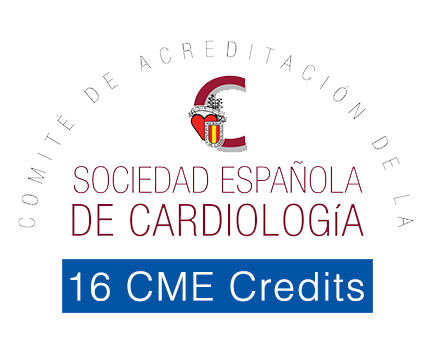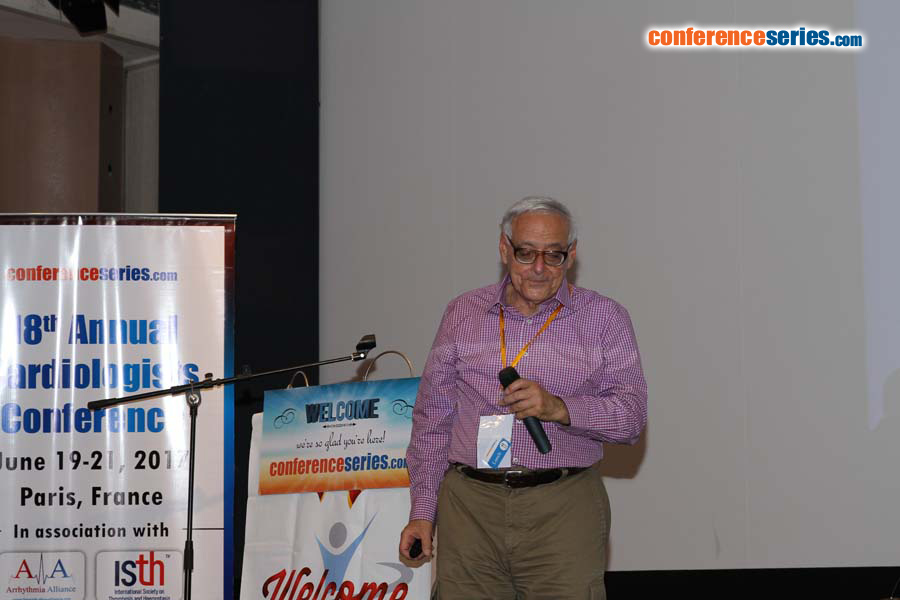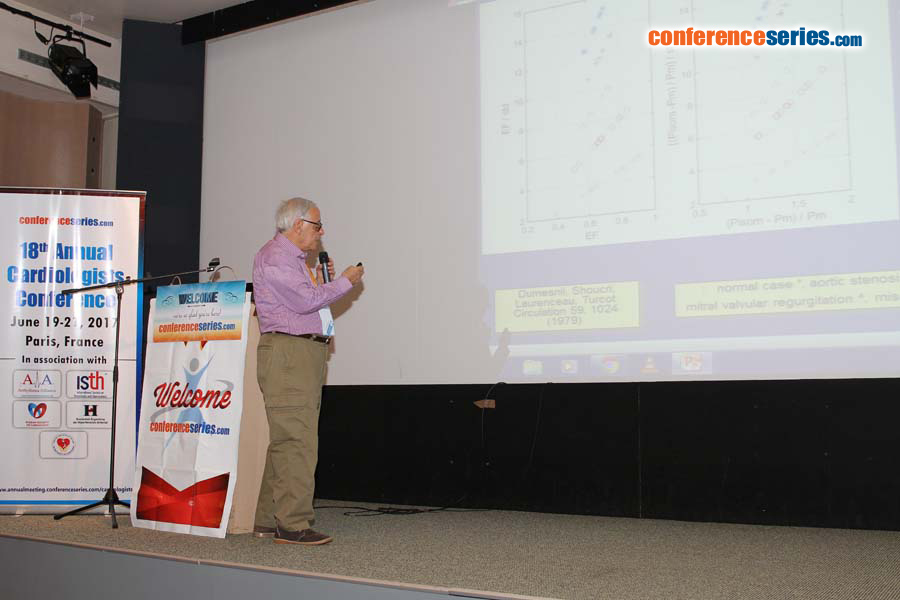
Rachad M Shoucri
Royal Military College of Canada, Canada
Title: A look at heart failure based on the study of end-systolic pressure-volume relation (ESPVR)
Biography
Biography: Rachad M Shoucri
Abstract
Parameters describing the linear and non-linear models of the end-systolic pressure-volume relation (ESPVR) in the heart ventricles have been derived, relations of these parameters with the ejection fraction (EF) have been obtained. The relations between the parameters of the ESPVR and EF can be applied to the study of the problem of heart failure with reduced or preserved EF (HFpEF). The results of this study show that important information concerning the problem of HFpEF can be derived from the parameters describing the ESPVR. Applications to clinical data published in the literature show the consistency of the mathematical formalism used to calculate the equation of the non-linear ESPVR in which formalism is based on the theory of large elastic deformation of the myocardium. The results presented in the figures show one possible application, the relation between the percentage occurrence of heart failure (HF) and the ratio SW/TW (SW=stroke work, TW=total area under the ESPVR). The results are presented on two figures for the purpose of clarity for five clinical groups: normal*, aortic stenosis o, aortic valvular regurgitation +, mitral regurgitation ^, miscellaneous cardiomyopathies x. Note that both curves have a minimum around SW/TW≈0.5. Note also that the normal group (*) appears near the minimum of the curve on the left hand side (corresponding to EF≈0.67). The case of aortic stenosis on the left hand side appears in three subgroups. Calculation indicates an optimal value of SW/SWx≈0.8 (SW=stroke work, SWx=maximum stroke work corresponding to a given ESPVR). The quantity SWR=SWx–SW is the stroke work reserve; we have calculated SWR/SW≈0.25 for SW/TW≈0.5.

References:
- Dumesnil JG, Shoucri RM, Laurenceau JL, Turcot J (1979) A mathematical model of the dynamic geometry of the intact left ventricle and its application to clinical data. Circulation 59: 1024-1034
- Shoucri RM (2010) ESPVR, ejection fraction and heart failure. Cardiovasc. Eng. 10: 207-210.
- Shoucri RM (2015) End-Systolic Pressure-Volume Relation, Ejection Fraction, and Heart Failure: Theoretical Aspect and Clinical Applications. Clinical Medicine Insights: Cardiology 9(S1): 111-120.
- Da Mota JPGF (2013) Intelligent modeling to predict ejection fraction from echocardiographic reports. MSc thesis in Mech Eng, IST Técnico Lisboa, Portugal.
- Curtis JP, Sokol SI, Wang Y, Rathore SS, Ko DT, et al (2003) The association of left ventricular ejection fraction, mortality, and cause of death in stable outpatients with heart failure. J Am Coll Cardiol 42 (3): 736-742.
Speaker Presentations
Speaker PPTs Click Here




